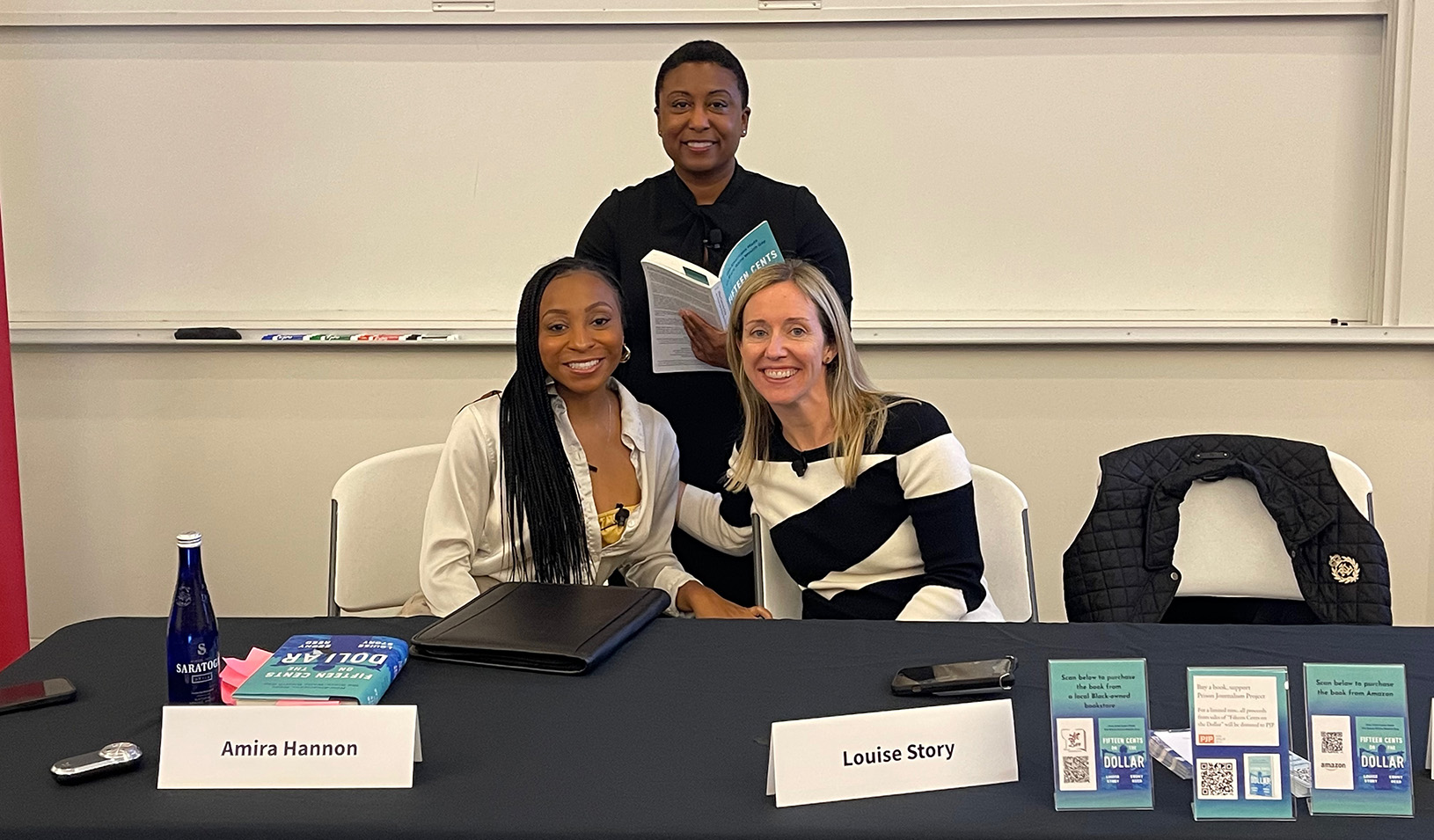We’ve all done it: choked under pressure. Imagine, then, a situation in which the stakes are always high and you’re on constant red alert. This is what it’s like daily for many minority students in white-majority schools. Whether snubbed in the hallway or performing below average on a test, minority students are likely to unconsciously feel the negative stereotypes about their group’s intelligence must apply to them personally, research shows. That leads to increased stress and poor performance.
But now research coming out of Stanford is proving that even small interventions in the lives of students can have a long-term positive impact not just on minority students’ grades, but also on their self-perceptions, their health, and their ability to handle conflicts without violence. The work was highlighted at “The Science of Getting People to Do Good” briefing, sponsored by the Center for Social Innovation of Stanford Graduate School of Business on March 30.
The psychological dynamic of being in the minority in a school setting is a contributing factor to one of the most serious problems in the U.S. education system — the achievement gap between academically stigmatized minorities such as African Americans and Latinos — a problem many observers argue threatens the entire fabric of our society as well as our economic future. Similar gaps have been demonstrated in other countries with different ethnic minorities, and with women in academic areas dominated by men.
In contrast to more remedial approaches that cater to the presumed deficiencies of at-risk students, the new techniques accentuate the positive. They focus students on sources of strength and validation in their lives, and this makes them into more confident learners.
In several studies in suburban middle schools, the key to greater success was a series of well-timed “values-affirmation” assignments given to African-American and Latino American students as a part of the regular classroom curriculum. Seventh graders were asked to reflect and write about things most important to them — their relationships with friends or family, or their personal interests. The task was given at critical moments: the beginning of the school year, prior to tests, and near the holiday season, a period of stress for many people with challenging home environments.
The results were dramatic: The intervention reduced the racial achievement gap by nearly 30%. African American students who were randomly selected for the creative writing exercise had significantly higher grade-point averages over two years than those who were not. Those who benefited most were the worst-performing students, and their rate of remediation or grade repetition dropped from 18% to 5%. In contrast, white students showed no significant differences, indicating that the effect was specific to those under the most pressure. Results were replicated elsewhere with Latino students and female college students majoring in a field in which women are typically underrepresented: physics.
“It’s clear that broadening their perspectives on themselves reduces minority students’ sense of threat and therefore the likeliness that they will falter,” says Geoffrey Cohen, professor of education, psychology, and business at Stanford, and one of the authors of the study. A brief intervention at a critical time, he notes, can sometimes have ongoing positive effects — even if students themselves are not aware of it.
But Cohen cautions that the intervention is not a silver bullet. “There are family and neighborhood factors to always be aware of. At the school level you need committed teachers, and a solid curriculum. But when these factors are in place, when opportunities for growth are there, psychological interventions like these can help students seize the opportunities and change their lives for the better, ” he concludes.
A psychological factor of particular concern to students who are stigmatized in school — worry over social belonging —— was the target of another research effort. College freshmen were shown statistics and quotations attributed to ethnically diverse students that described how feelings of non-belonging are a normal and temporary part of adjusting to a new environment. The freshmen were then asked to relate their own experience with that discomfort by writing an essay and speaking in front of a camera —— materials they were told would be used to help students in the next entering class. Students believed they were helping, not being helped themselves.
The grade point average of African American students who participated in the one-hour exercise rose significantly compared to peers who did a different task, but there was no effect for white students. This ended up halving the achievement gap between whites and blacks over the next three years of college. Moreover, in daily diaries, African Americans who had engaged in the “social-belonging intervention” still described daily frustrations and difficulties such as feelings of loneliness on campus or difficulty making friends, but they were less likely to infer from these negative experiences that they did not belong in the school.
Three years later, as college seniors, those who had participated in the task even reported that they were happier and healthier and had visited the doctor less frequently than those who had not. In another study, similar gains in academic performance were found for another group operating in a “chilly” environment that excludes them: women in engineering majors.
What was notable, from the researchers’ perspective, was that most seniors could not remember what they had learned in the study and believed that it had not had any effect on them. “The intervention doesn’t work because people just remember this positive message they got,” says Greg Walton, an assistant professor of psychology at Stanford and a coauthor of the study with Geoffrey Cohen. “Instead, the intervention bolsters their sense of belonging on campus. This helps them form the kinds of relationships with peers and with faculty that help them do better in the long term.”
Other studies included in the daylong briefing for nonprofit and corporate leaders looked at how to motivate people to vote, recycle, and promote peace and reconciliation, as well as to be more successful achieving personal goals such as losing weight and improving their health.
For media inquiries, visit the Newsroom.






